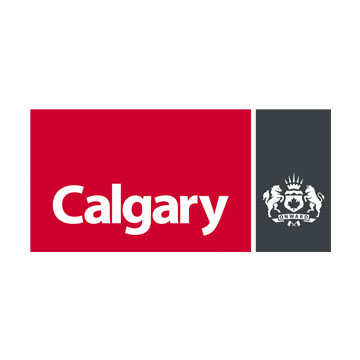The City of Calgary’s biosolids demonstration project began in 2013 with a goal to assess the potential to improve Alberta’s arable land base through the beneficial reuse of biosolids recovered from leading-edge wastewater treatment processes. The City’s Wastewater Treatment Operational Performance Team worked closely with project consultant SYLVIS Environmental’s Biosolids Management Team and a private rural landowner to initiate two demonstration projects which involved land application of dewatered biosolids to marginal agricultural land to provide a nutrient source to foster the establishment of a 300-ha short-rotation coppice willow plantation. Willows grown and established at the plantation, when of suitable size, are harvested for use as feedstock for The City’s composting program and used by the Calgary Zoo to provide all veterinary-recommended forage for their ruminant animals.
In 2019, The City was awarded 2 million dollars of Federal Government funding under the Low Carbon Economy Challenge (LCEC), to allow for the expansion of the plantation by an additional 300 ha and to enable The City of Calgary to double the biosolids utilization target for this project over a 3-year period. In accordance with the LCEC requirements, this project is intended to promote carbon capture and GHG reduction through the beneficial reuse of biosolids, using a scientific approach to quantify the amount of GHG reduced through soil carbon sequestration. A firm, validated understanding of carbon sequestration within the willow / biosolids system helps The City meeting its carbon targets, the Province of Alberta, and ultimately Canada achieving incremental progress towards its international obligations under the Paris Agreement.
Learn more: https://www.calgary.ca/water/programs/biosolids-demonstration-projects.html







